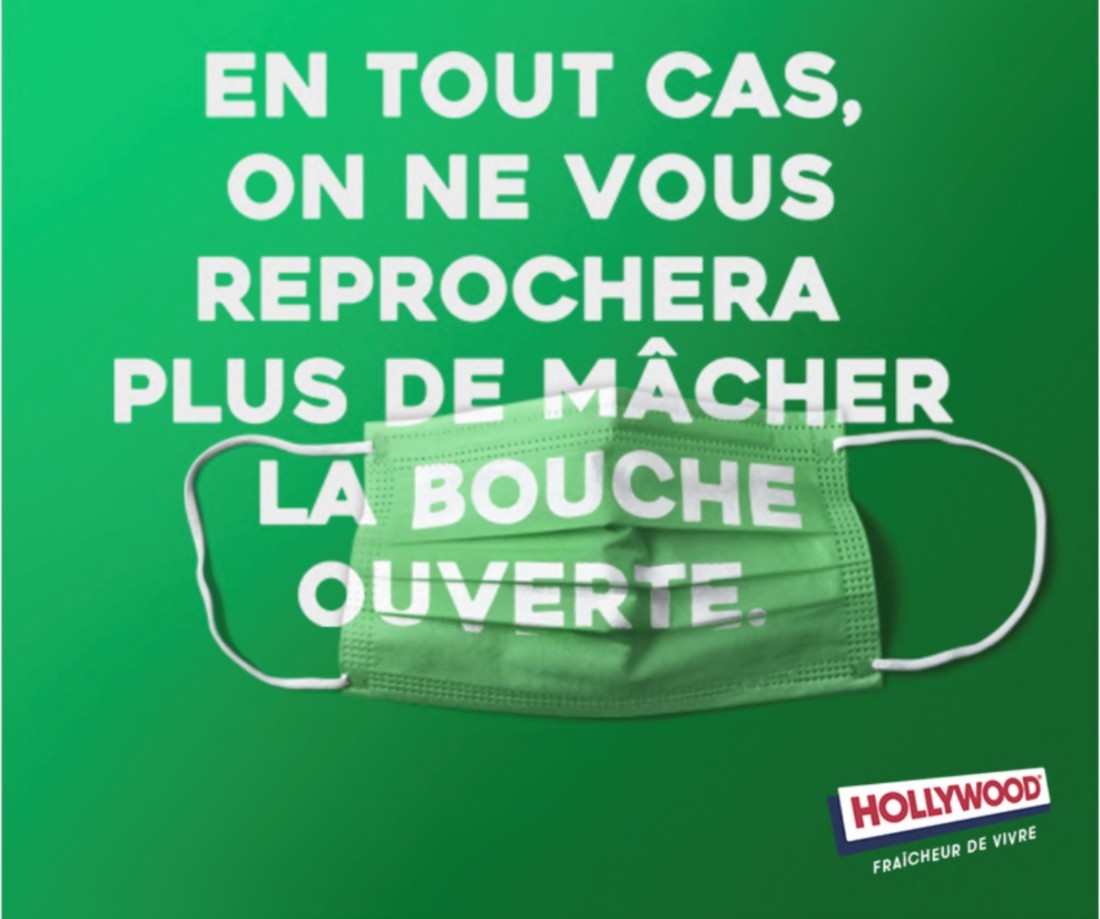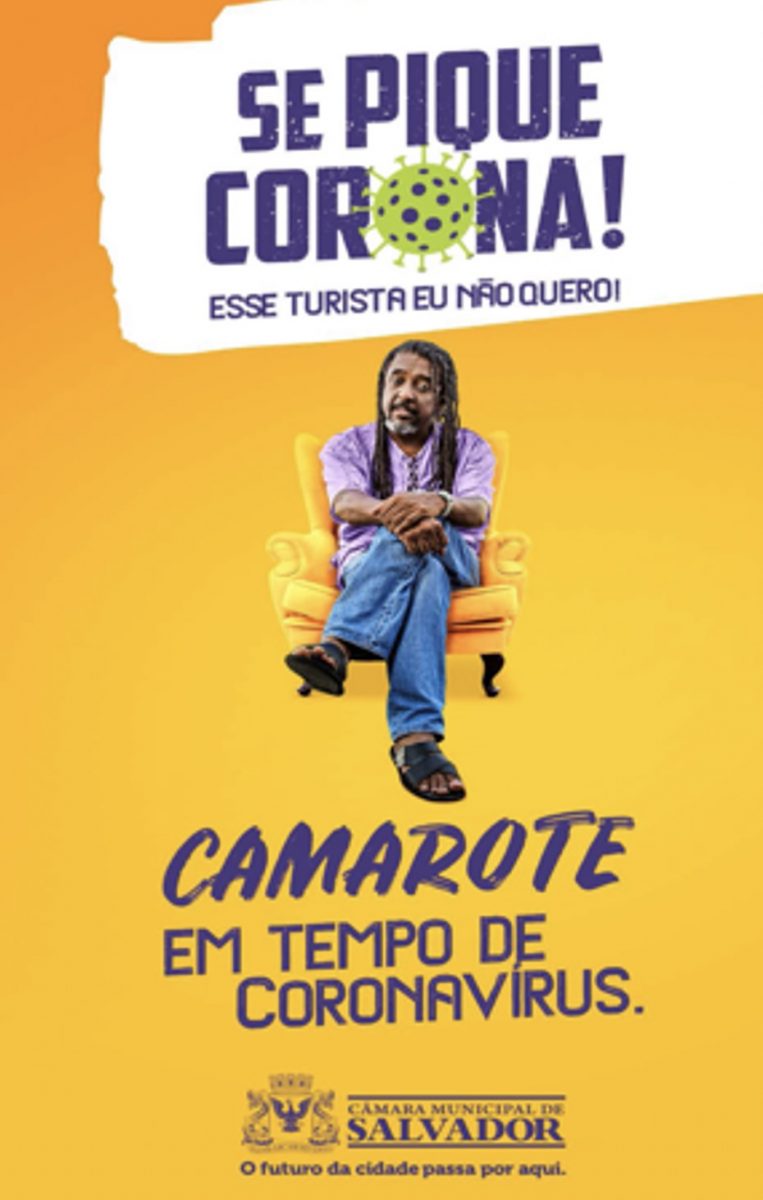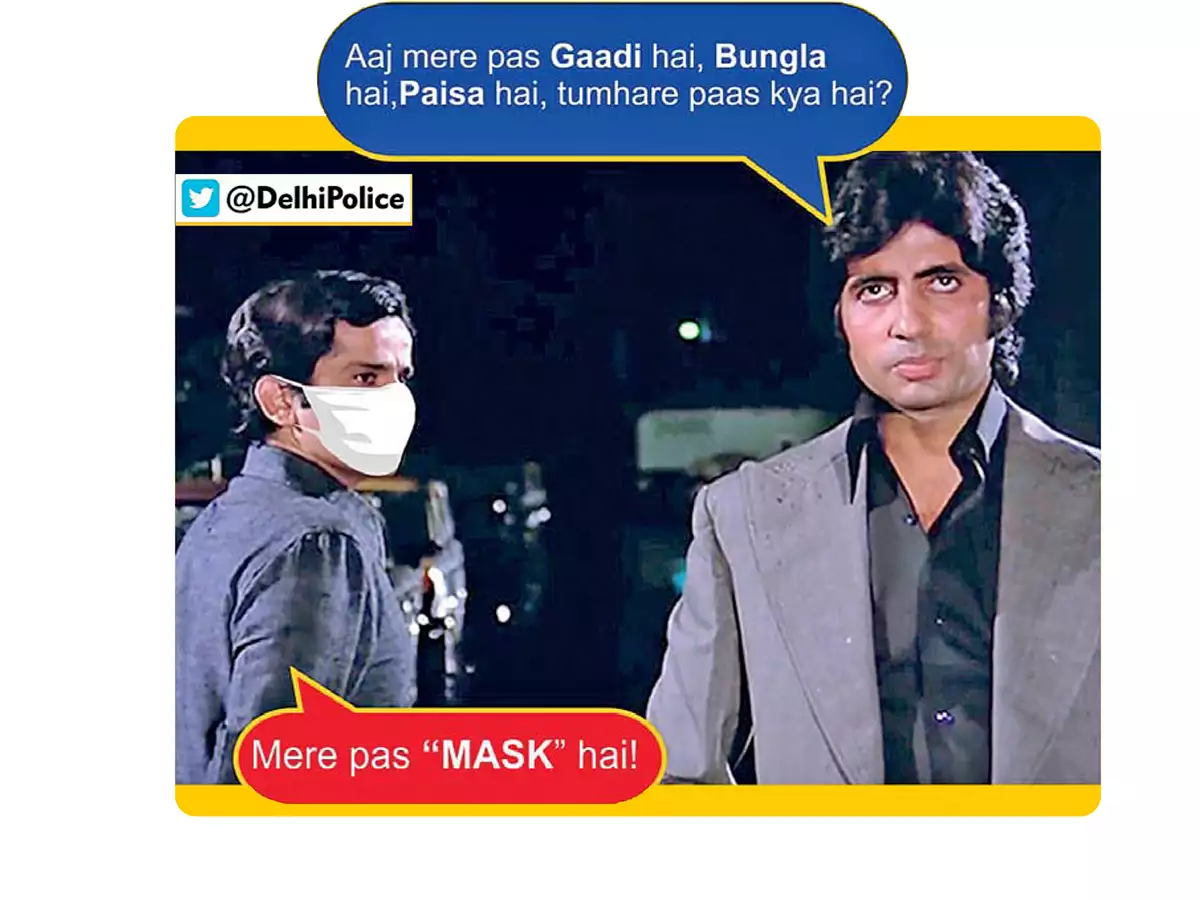Covid Codes

Social media from the chewing gum brand Hollywood — submitted by Samuel Grange (Paris)
This is an introduction to a series of 16 posts offering an analysis of “Covid Codes” from a global perspective. SEMIOVOX has invited consulting semioticians from around the world to augment the Coronavirus-related meaning map whose lineaments we revealed here in a Spring 2020 series. We are grateful to our talented and generous colleagues, who are individually acknowledged in each series post that features their contributions.
Earlier this month, I invited over 30 semiotics practitioners from around the world to participate in this website’s “Covid Codes” project. The invitees, in alphabetical order, included: Martha Arango (Colombia/Sweden), Daria Arkhipova (Russia/Italy), Chris Arning (UK), Maciej Biedziński (Poland), Mariane Cara (Brazil), Paulina Goch-Kenawy (Poland), Samuel Grange (France), Aiyana Gunjan (India), Ivan Islas (Mexico), Seema Khanwalkar (India), Sarah Johnson (Canada), Louise Jolly (UK), Lucia Laurent-Neva (UK), Wei Fen Lee (Singapore), Charles Leech (Canada), Luca Marchetti (France/Italy), Sónia Marques (Portugal), Thierry Mortier (Belgium/Sweden), Serdar Paktin (Turkey), Masha Papanthymou (Russia), Vijay Parthasarathy (US/India), Gabriela Pedranti (Argentina/Spain), Malex Salamanques Amiel (Venezuela/UK), Hamsini Shivakumar (India), and Ximena Tobi (Argentina).
Once we’ve got the series up and running, we’ll invite others too.

We hope that this series proves valuable to anyone — NGOs, government agencies, brands, marketers, citizens — seeking deep, rich insights into the latent, unarticulated network of assumptions and meaning that helps shape and guide the way people around the world perceive, construe, and respond to Covid-related messaging… from PSAs to product advertisements and other brand communications, media and blogs, and social media.
It will be fascinating to see how similar messages are communicated differently, across global markets; and how some messages are specific to certain markets and aren’t effective (or legible) outside a certain context.
A little background on this series…
Last March, I began an ongoing project of semiotic analysis aiming to identify and map the codes of what I called the “COVID-19 Response” space — i.e., messaging of various sorts, from across a wide range of media, related to the notion that you can do something about the Coronavirus epidemic. By “code” I mean: a combination of a unique norm (idea, value, functional or emotional benefit) that finds expression within a category or territory, plus the specific forms (verbal and visual cues, from language to color, typography, body language, etc.) bringing each of these norms to life.

My original audit surfaced a couple dozen Covid-related US source codes — many others have emerged, since. I sorted these, per SEMIOVOX’s standard practice, into 16 thematic “buckets.” Via a meta-analysis of the themes, I then organized these into eight binary oppositions (technically, “codes”), and these codes into four overarching meaning-territories. You can read notes on these source codes, themes, and territories here. However, for the purpose of this new series, we’ll focus not on the meaning map but on the 16 themes… which we’ll bring to vivid life via a range of local source codes submitted by consulting semioticians from here, there, and everywhere.

Although I am its editor and lead author, the “Covid Codes” series of posts is is very much a group effort. My global colleagues are a brainy, perspicacious, and convivial group; I have had the pleasure of working on commercial projects, over the past 20+ years, with most of them. “Covid Codes” is just one of many group projects, including a series of object-oriented narratives, that we’ll work on together, going forward. I look forward to organizing a few of these projects for publication, here at SEMIOVOX; others we may do together under the aegis of the annual conference SEMIOFEST (the founders of which include Chris Arning, Lucia Laurent-Neva, and Hamsini Shivakumar, for whose efforts we are all so grateful); and I’m eager to participate in other collective projects too.
I’m grateful to the pioneering Welsh semiotician Malcolm Evans, who a decade ago pulled this global group together via the (now defunct) website SEMIONAUT — which Louise Jolly and I also helped edit. A decade later, the community Malcolm envisioned remains strong… and it grows ever larger!
We hope that you’ll find “Covid Codes” insightful and inspirational. We’ll post a new series installment each Friday for the next 16 weeks.
Here’s the first series installment: QUICK FIX.
Also see these global semio series: MAKING SENSE (Q&As) | SEMIOFEST SESSIONS (monthly mini-conferences) | COVID CODES | SEMIO OBJECTS | COLOR CODEX | DECODER (fictional semioticians) | CASE FILE | PHOTO OP | MEDIA DIET | TATTOO YOU (semioticians’ tattoos).

